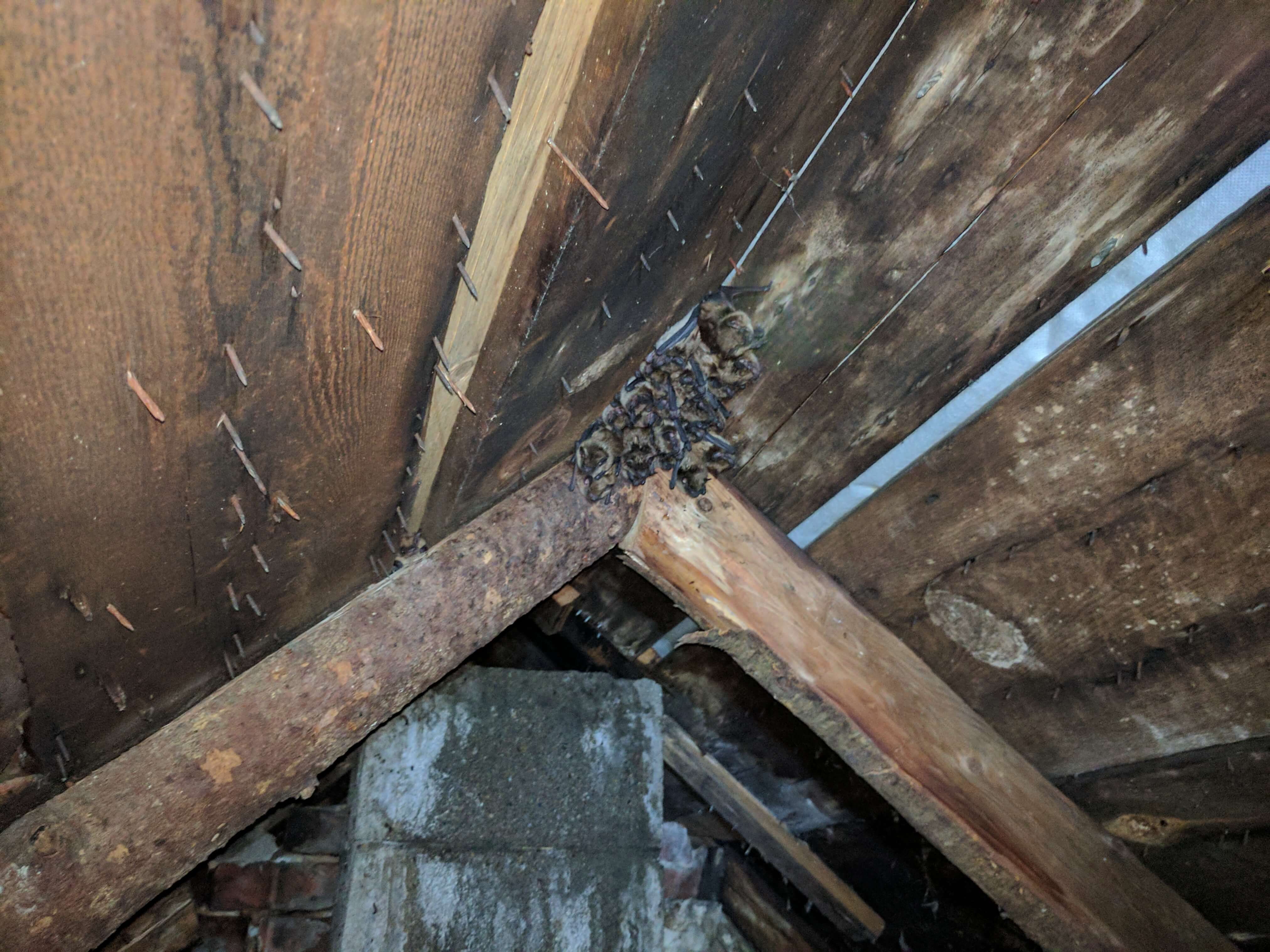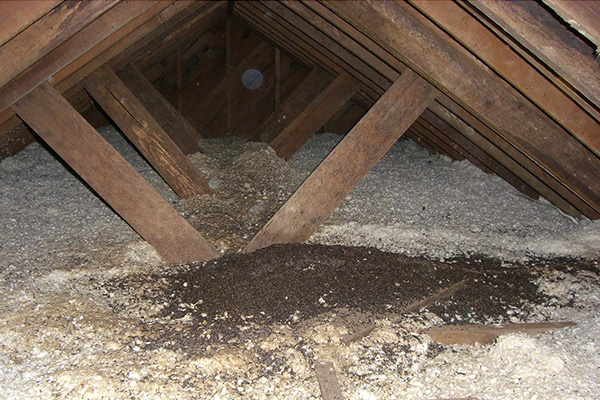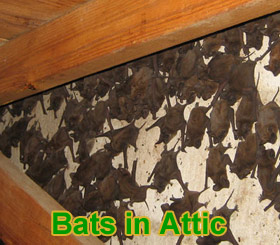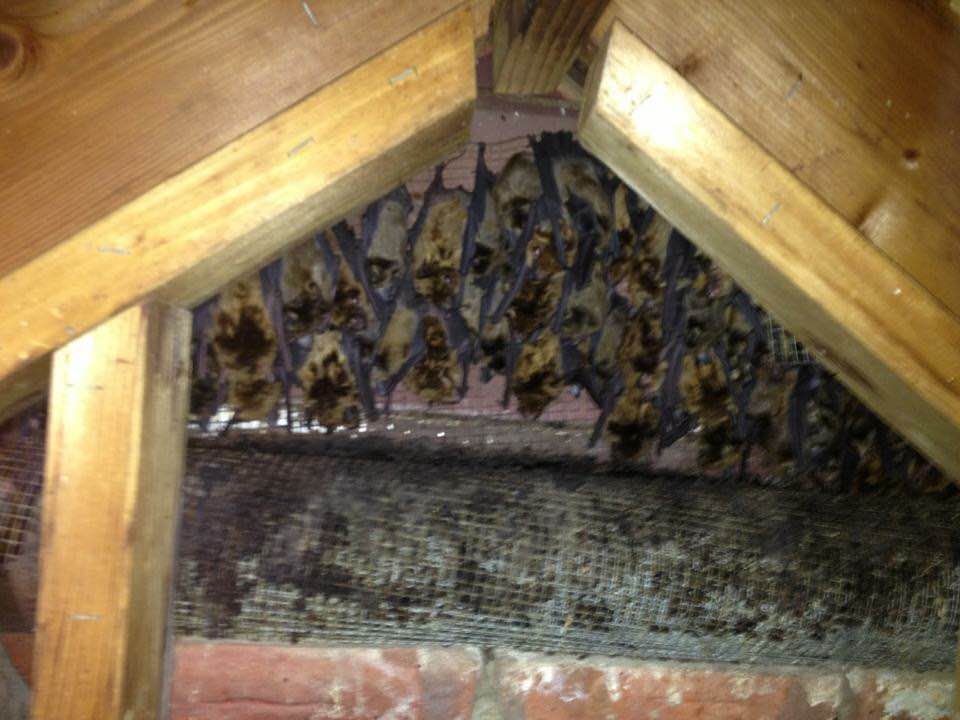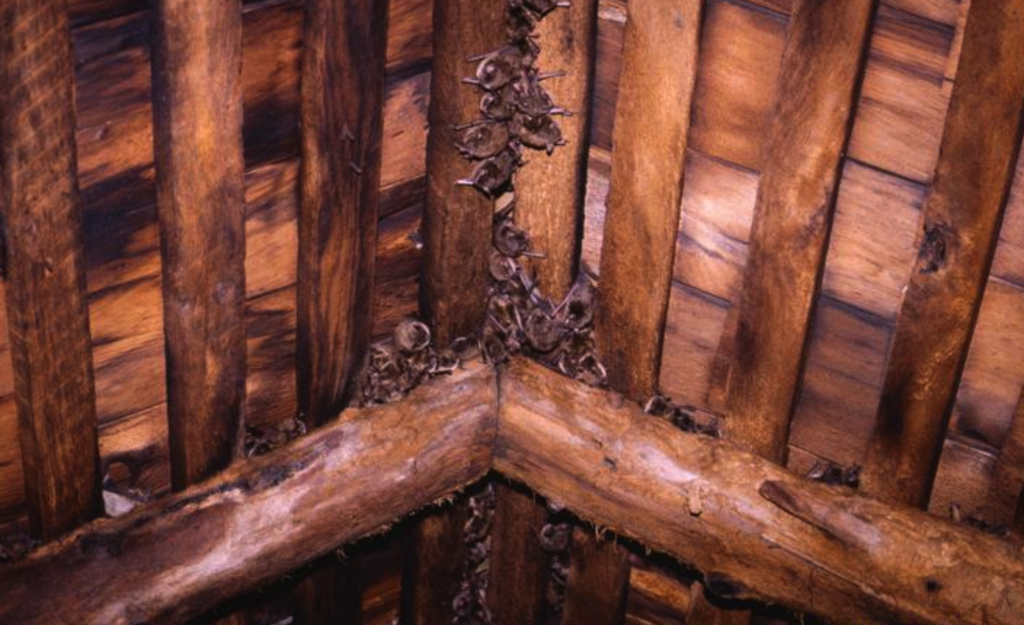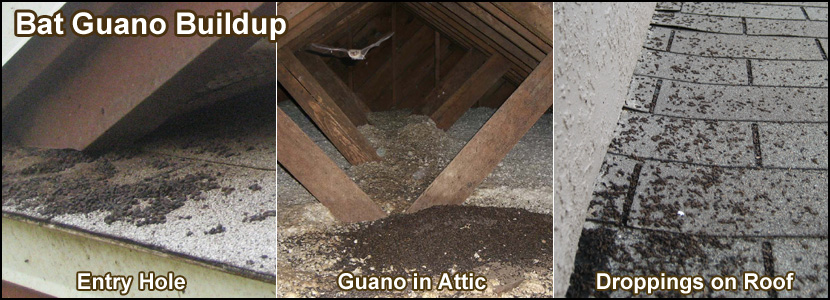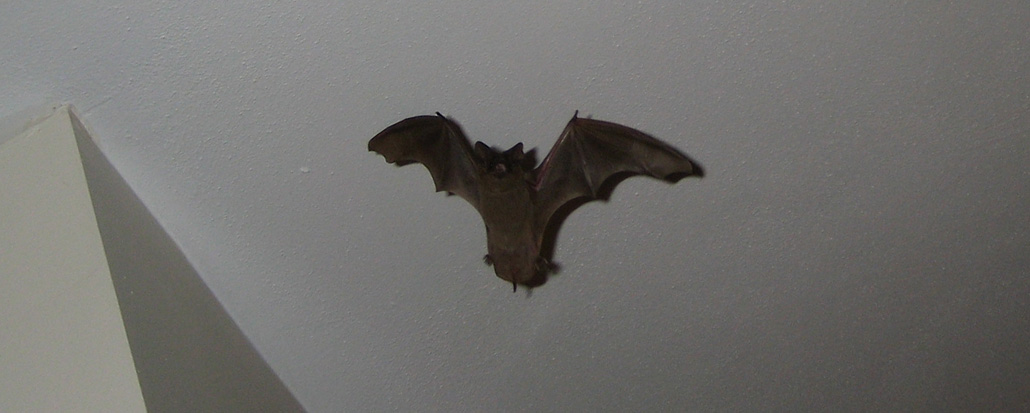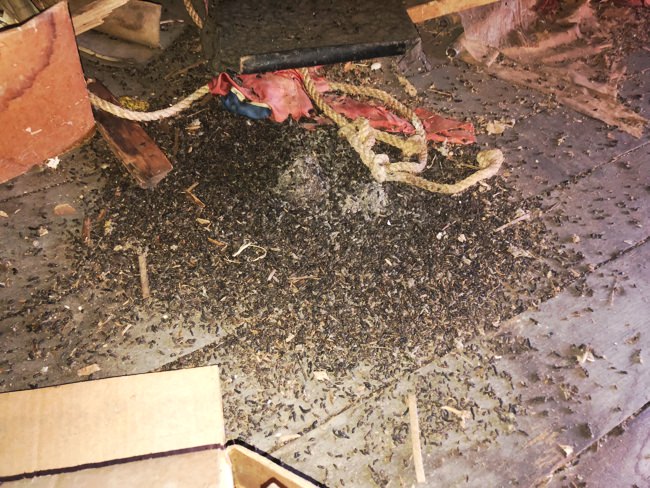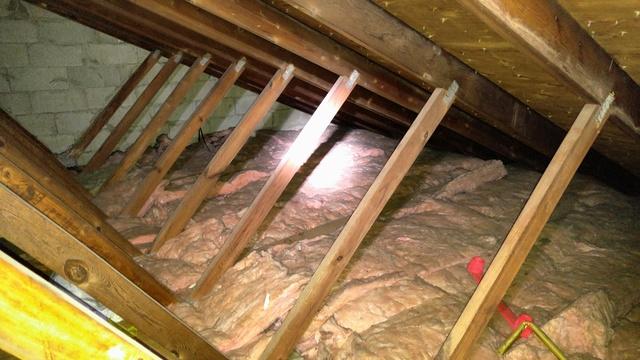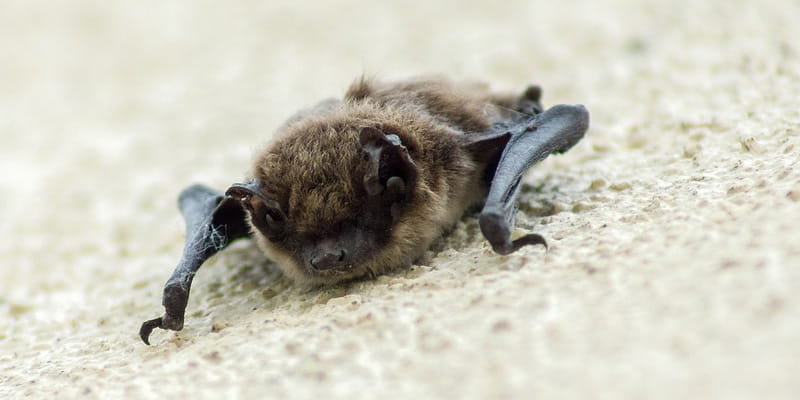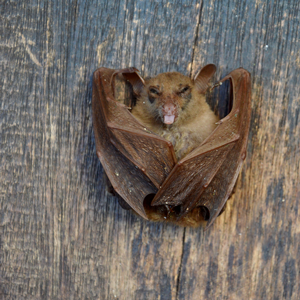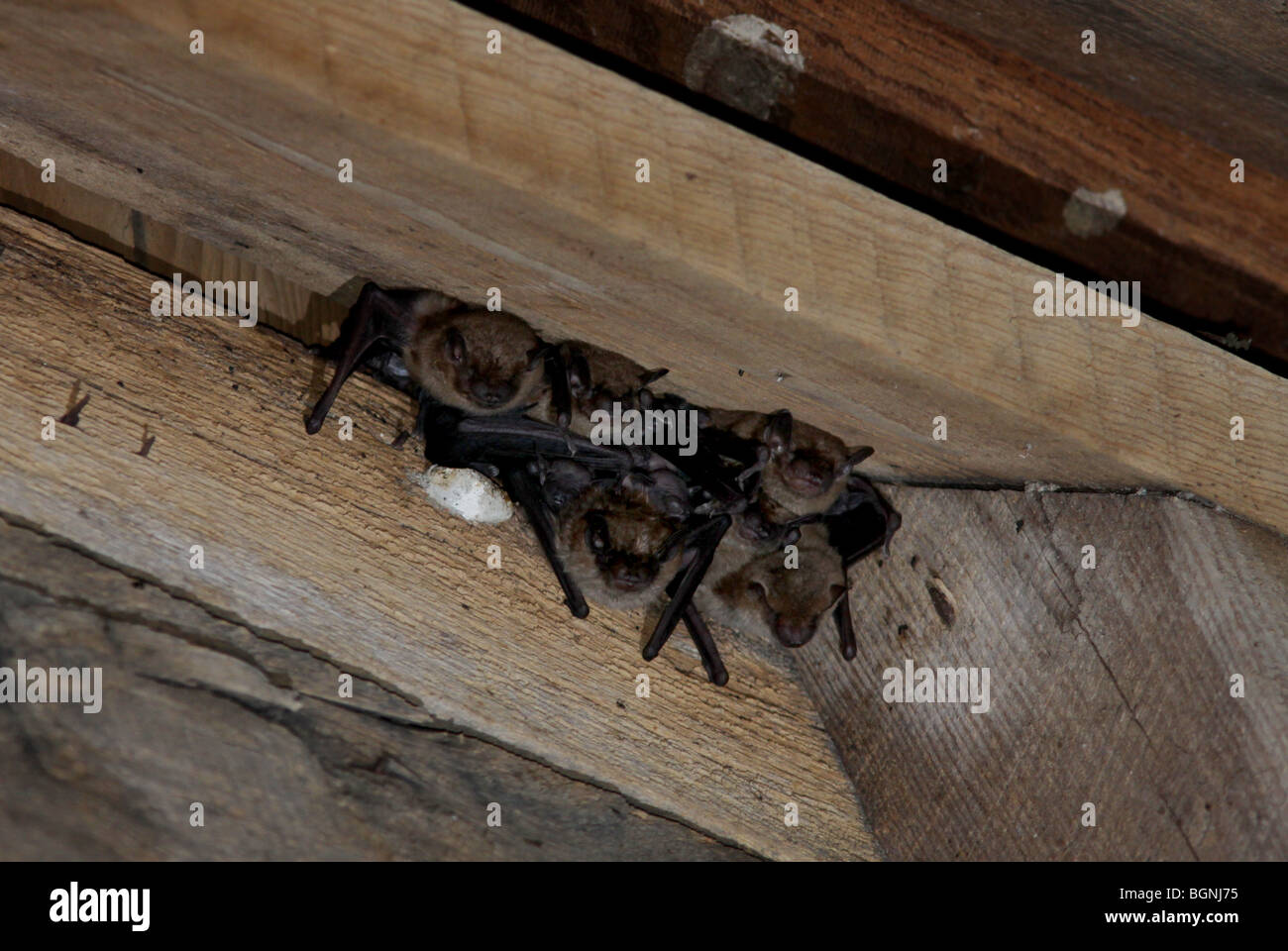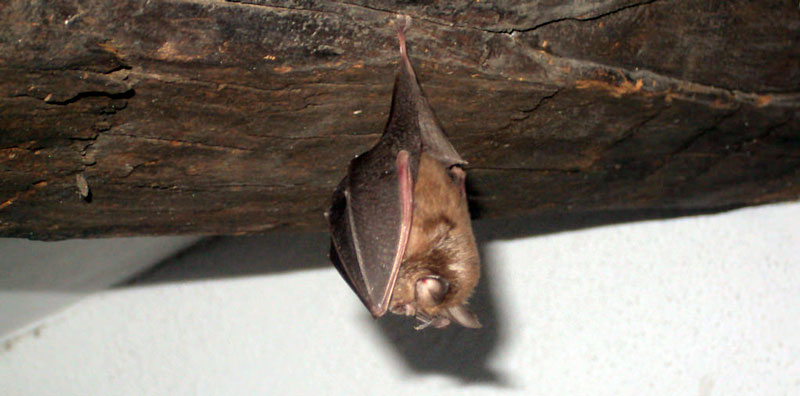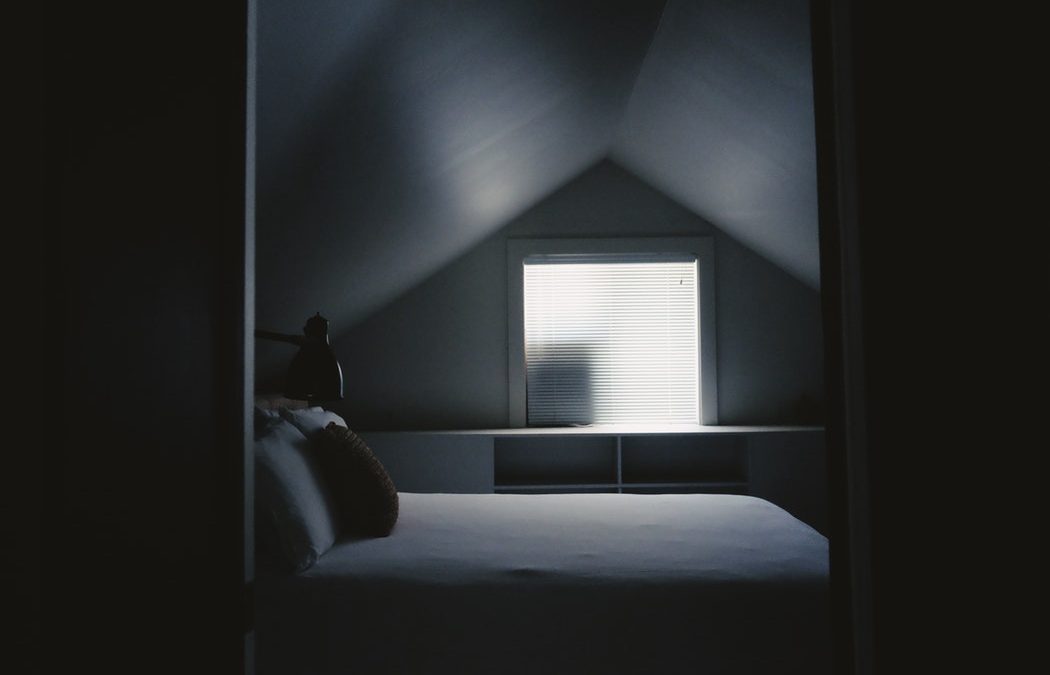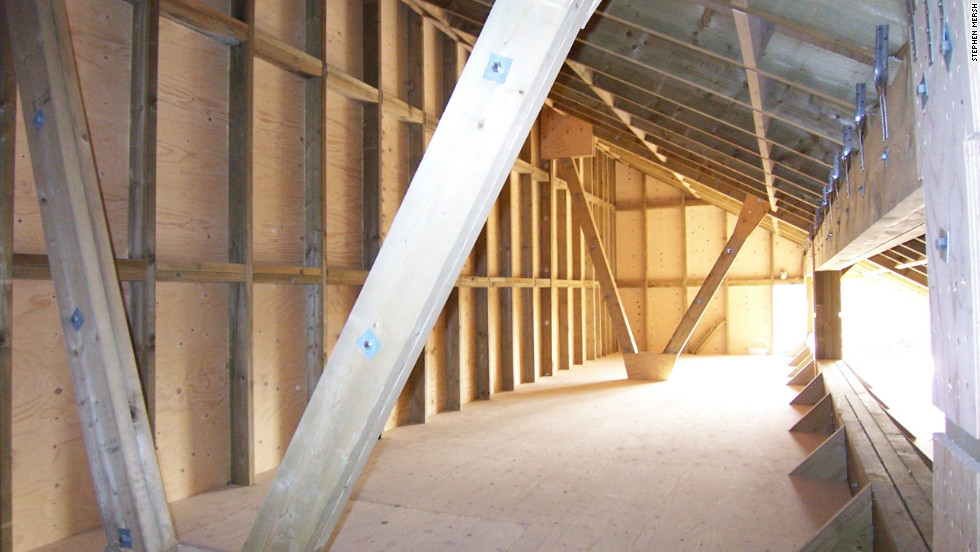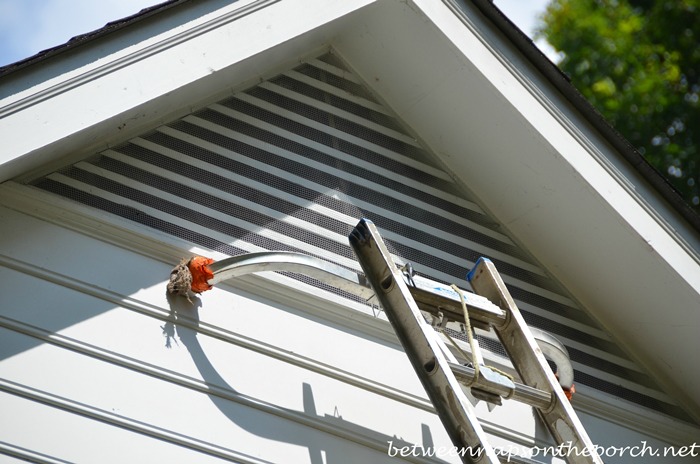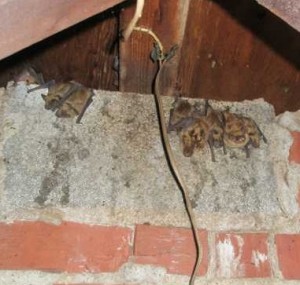Bat Nests In Attics

Here are the signs of bats in the attic and how to get rid of.
Bat nests in attics. Bats generally roost in high places such as attics. Yes if you have bats in your attic they are a breeding female maternity colony and thus there are baby bats in the house. This will leave you with an unbearable stench and an attic full of dead bats to dispose of. While they most commonly invade attics a bat colony can easily make their way inside your insulation vents and crawl.
Bats flying to and from your home is a strong. They don t like the cold and your attic is nice and warm. Nest of baby bats in the attic. If you live in an area with mild temperatures throughout the year the bats will stay year round.
Bats can be one of the hardest wildlife pests to get rid of. Bats don t really have a nest. If it gets colder than that the bats in the attic will migrate out allowing you to seal up cracks and other entry points once they leave for the season. Bat nest in attic nest of baby bats.
Each female bat gives birth to just one baby. They are flightless during the summer. Bats will hibernate in the winter if the temperature stays at around 35 to 40 f. Do not attempt to seal openings before the bats are removed or before fall because you may seal young or adult bats into the attic space where they will starve to death and cause an odor problem.
Still that doesn t mean it s a good idea to touch or pick up a bat with your bare hands or go near a nest of bat pups. There are many different varieties of bats. Where bats like to live. Seeing swarms of bats continually hovering around your home every evening is one of the colossal signs bats live in your attic.
Bats prefer dark secluded areas where they are protected from predators and bad weather. Home owners with bats in their attics tend to see anywhere from 1 or 2 bats flying back and forth to swarms of them flying in and out of their attic all night long. If you drive off the mother after she s given birth her babies won t be able to survive. Find out when maternity season begins for your local bat population.
Bats can squeeze through openings less than 1 2 inch wide to get into attics between ceilings and roof and into wall voids. These diy methods are cheap and effective ways to combat small bat problems but not enough to treat multiple nests plaguing your home or even a single large nest. Research the types of bats found in your area. In the unlikely event of a bat bite wash the site thoroughly with soap.
For more tips join our blog today. Bats are very sensitive to air currents and the cool air which enters an attic after sunset is what triggers the bats to exit the structure and feed each night. Colonies of bats prefer quiet cave like spaces to roost reproduce and raise their young.
